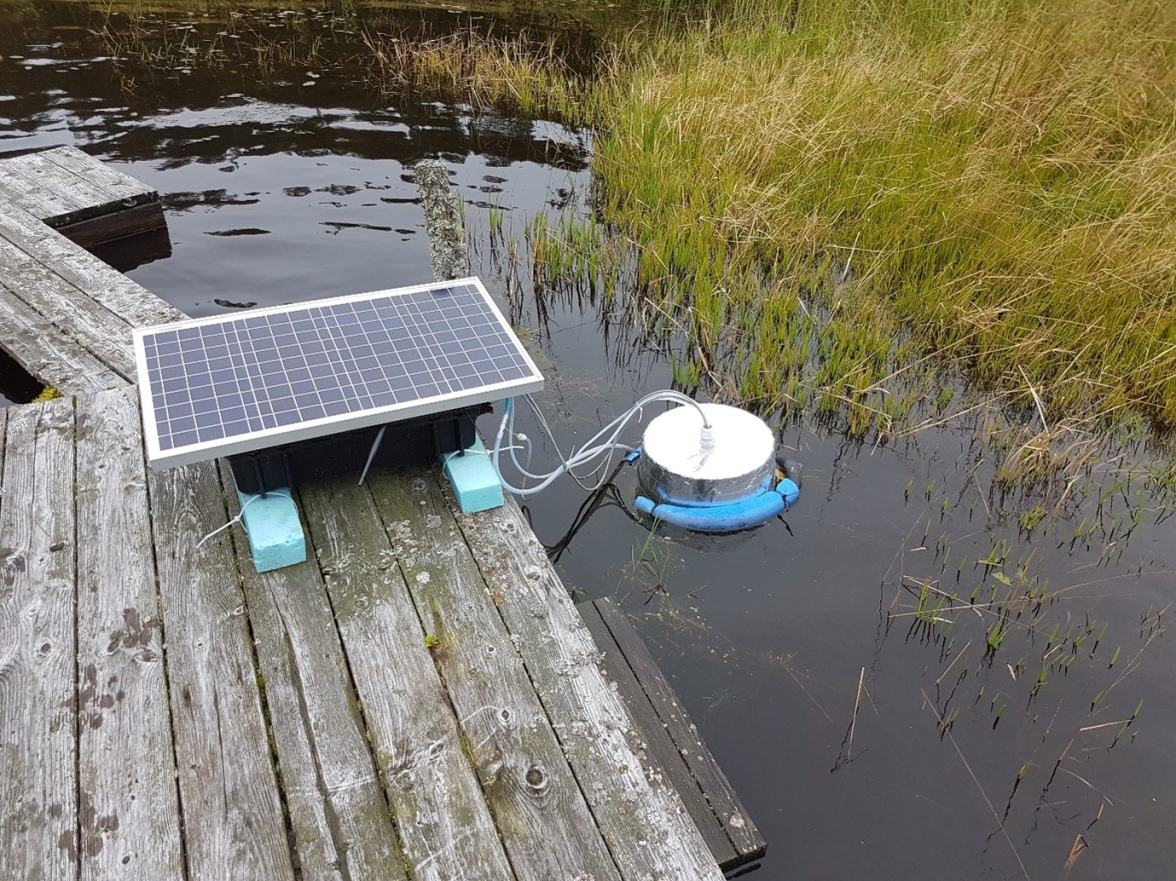Concrete plans are established to link the thematic programmes SITES Water and SITES AquaNet stronger together by testing a new automatized Greenhouse Gas (GHG) flux measurement system developed by David Bastviken et al. in the SITES AquaNet infrastructure. This automatic GHG flux system will also be tested to be used for SITES Water´s measurements in the future. Establishing this system includes benefits from different perspectives: less manpower will be needed to run the long-term monitoring campaign for SITES Water. In addition, the system covers continuous time series sensor measurements not only for carbon dioxide, but also for methane. Furthermore, the system can be offered to researchers using the AquaNet mesocosm facilities for experiments. Beyond that, it is expected to improve measurements for future use AQUACOSM Plus facilities to support scientists on an international scale. Last but not least, this test phase is done in cooperation with David Bastviken´s research group from Linköping University, which nicely shows how SITES is developing together with external scientific expertise.
The first exchange programme between the SITES stations Skogaryd Research Catchment and the Erken Laboratory with support from David Bastviken´s research group is scheduled for next week at Lake Erken. Updates on the status of progress will follow soon.

SITES AquaNet - mesocosm platform and SITES Water - floating platform alongside on Lake Erssjön, Skogaryd Research Catchment. Photographer: Bengt Liljebladh.

New automatic Greenhouse Gas flux measurement system deployed on Följesjön, Skogaryd Research Catchment, for a first test. Photographer: Haldor Lorimer Olsson.